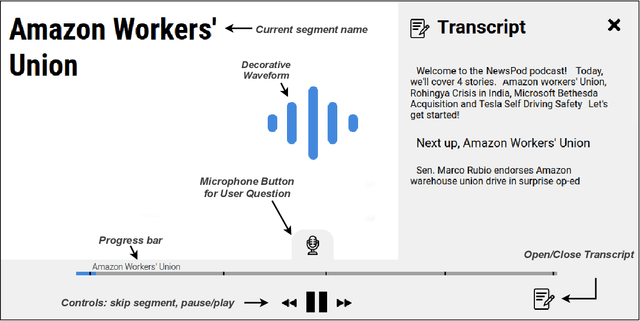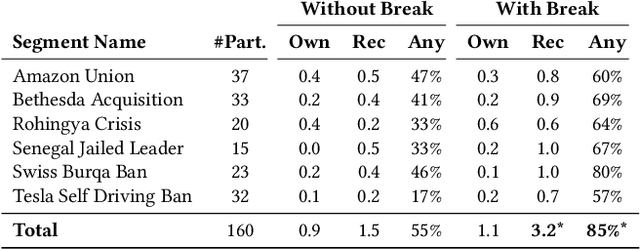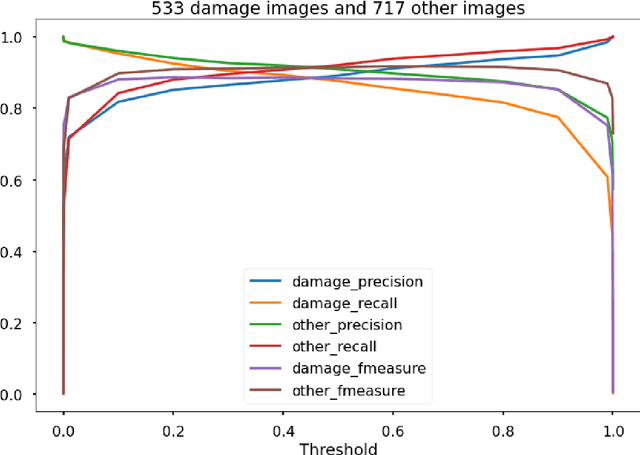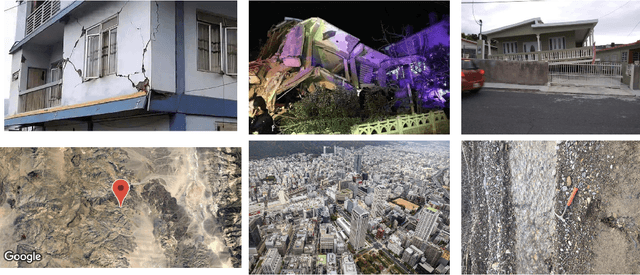Srujay Korlakunta
NewsPod: Automatic and Interactive News Podcasts
Feb 15, 2022



Abstract:News podcasts are a popular medium to stay informed and dive deep into news topics. Today, most podcasts are handcrafted by professionals. In this work, we advance the state-of-the-art in automatically generated podcasts, making use of recent advances in natural language processing and text-to-speech technology. We present NewsPod, an automatically generated, interactive news podcast. The podcast is divided into segments, each centered on a news event, with each segment structured as a Question and Answer conversation, whose goal is to engage the listener. A key aspect of the design is the use of distinct voices for each role (questioner, responder), to better simulate a conversation. Another novel aspect of NewsPod allows listeners to interact with the podcast by asking their own questions and receiving automatically generated answers. We validate the soundness of this system design through two usability studies, focused on evaluating the narrative style and interactions with the podcast, respectively. We find that NewsPod is preferred over a baseline by participants, with 80% claiming they would use the system in the future.
Detecting Damage Building Using Real-time Crowdsourced Images and Transfer Learning
Oct 12, 2021



Abstract:After significant earthquakes, we can see images posted on social media platforms by individuals and media agencies owing to the mass usage of smartphones these days. These images can be utilized to provide information about the shaking damage in the earthquake region both to the public and research community, and potentially to guide rescue work. This paper presents an automated way to extract the damaged building images after earthquakes from social media platforms such as Twitter and thus identify the particular user posts containing such images. Using transfer learning and ~6500 manually labelled images, we trained a deep learning model to recognize images with damaged buildings in the scene. The trained model achieved good performance when tested on newly acquired images of earthquakes at different locations and ran in near real-time on Twitter feed after the 2020 M7.0 earthquake in Turkey. Furthermore, to better understand how the model makes decisions, we also implemented the Grad-CAM method to visualize the important locations on the images that facilitate the decision.
 Add to Chrome
Add to Chrome Add to Firefox
Add to Firefox Add to Edge
Add to Edge